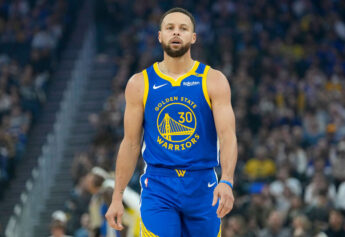Growing up, I was not a heavy football guy.
As a resident of the Bronx, born and raised in Harlem, my sports world lay strictly in basketball and boxing.
Concrete Jungle
There wasn’t enough grass for football in General Grant Housing Projects, where my family was forged, and my grandmother watched over me while my parents tirelessly worked.
Concrete, hoops, and handball; the New York City way.
However, as I aged and began to pick up the video game sticks instead, the world of sports was never the same. From FIFA to NHL, sports that I would typically never entertain in real life became accessible and understandable to me through the television screen.
The Madden Factor
However, when Madden hit the scene, it eternally changed my perspective on the pigskin. Not only did I now sit behind the digital clipboard of Coach John Madden, the man responsible for the indomitable early reputation of the Oakland Raiders, but I could understand the finesse behind the game better as well.
I also saw myself in the players.
When the late ’80s and early ’90s video game console wars were in full effect, Sega executed a five-prong strategy for beating Nintendo. In part, they introduced more sports games to the market, so not surprisingly, Madden NFL, known as John Madden Football until 1993, was introduced.
“It’s In The Game”
Once EA Sports began to dominate the football video game genre, video game executive Gordon Bellamy triggered an innovation to change mine and millions of other Black people’s perspectives on digital inclusion.
In a sport that at the time and still has Black player majority, Bellamy suggested something radical: make the in-game athletes reflect the actual game.
As an executive at EA Sports, Bellamy suggested adding African-American players to the game.
To find out more about how one Black man’s journey through sports was inspired by John Madden, click here
More news from our partners:


